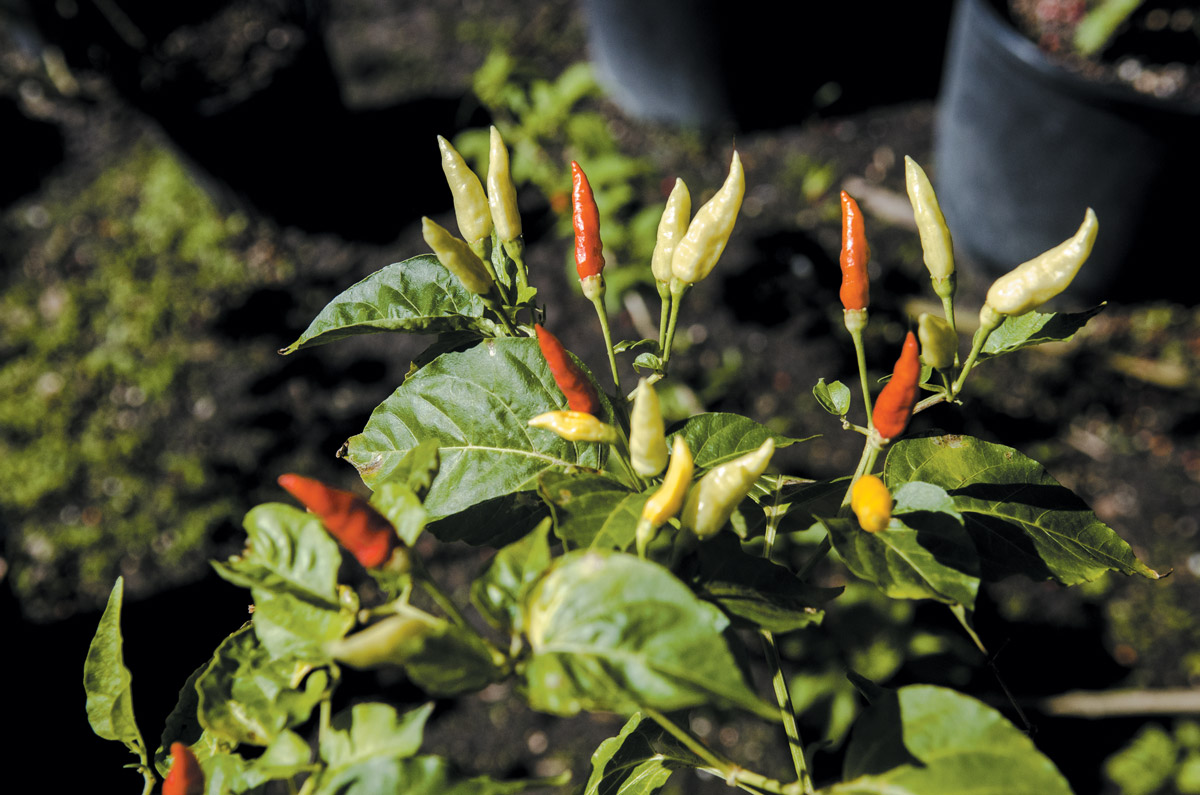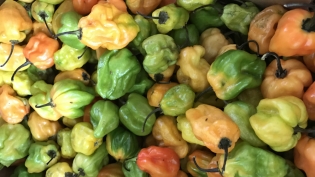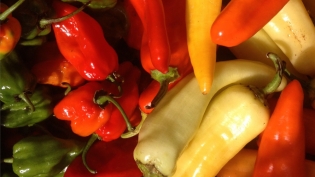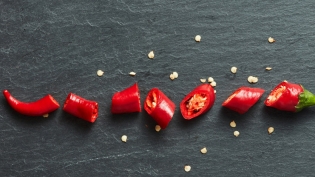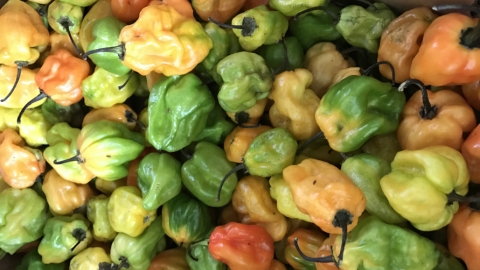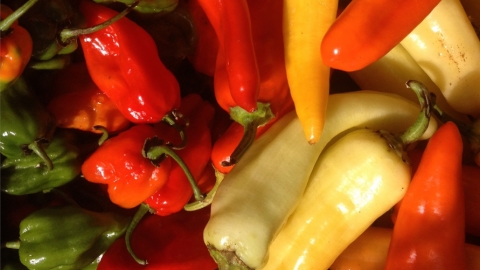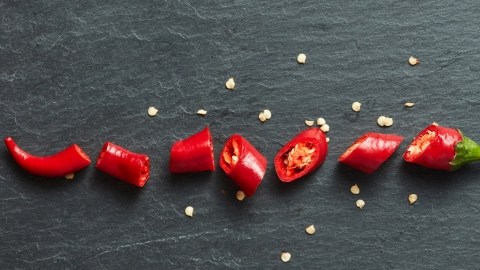5 Peppers and How They Grow
Peppers belong to the genus Capsicum in the nightshade family, Solanaceae, which also includes potatoes, tomatoes, eggplant and tobacco. Chile peppers contain capsaicin, the compound that makes them taste hot. It’s not the seeds that bring the heat, but the placenta, the white tissue that holds the seeds. Capsaicin is used in medicine, as an analgesic in ointments to relieve pain for arthritis and muscle and joint aches, and in pepper spray and bear spray because of its irritant qualities. Five species are commonly cultivated, and each has multiple varieties.
Capsicum annuum
Anaheim, banana, bell pepper, cayenne, jalapeño, serrano, wax pepper
The most commonly grown species, C. annuum species range from mild, sweet peppers to hot. Plants grow quickly and can be perennial shrubs, but South Florida’s hot, wet summers make these better as annuals.
Capsicum baccatum
Ají amarillo, ají Lemon Drop, Bishop’s Crown
Most varieties come from Central and South America, these have a fruity flavor and a moderate heat level.
Capsicum chinense
7-Pot chiles, datil, bhut jolokia, habaneros, Scotch bonnet, Trinidad scorpion
The hottest peppers in the world are found in this species. Varieties range in shape and colors from red, orange, yellow, brown and purple. They thrive in South Florida’s subtropical climate.
Capsicum frutescens
Bird’s eye, piri piri, tabasco
Typically, these species grow upright on the plant, making them an attractive ornamental as well as edible plant. C. frutescens are generally hot but not so hot as C. chinense.
Capsicum pubescens
Rocoto
Characterized by their hairy leaves and black seeds, the peppers in this species are the least cultivated outside of their native South America. Often eaten fresh instead of dried and powdered, these varieties thrive in cooler temperatures. Find them in Peruvian markets.


